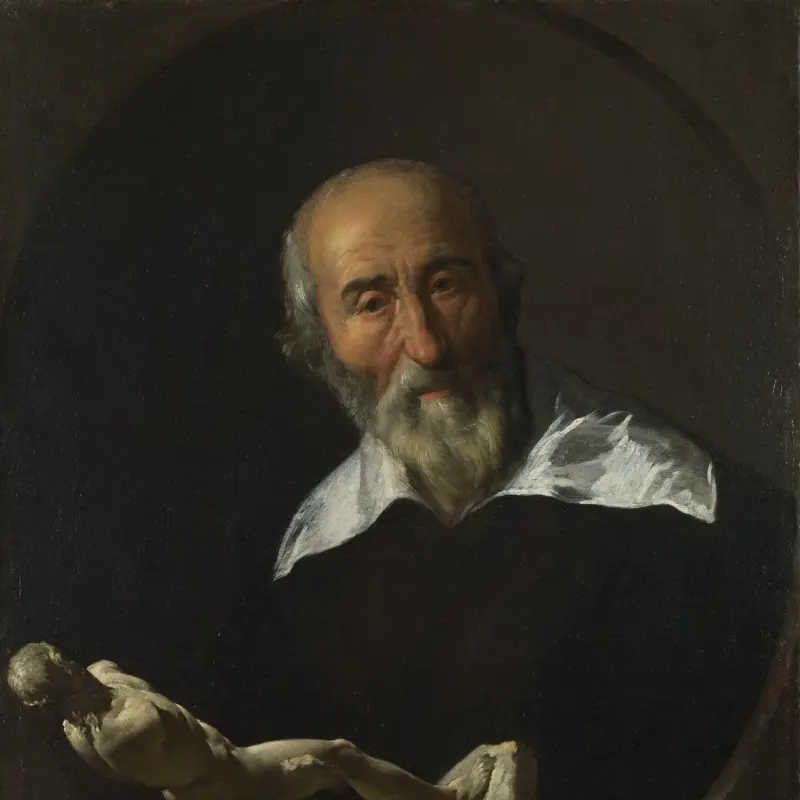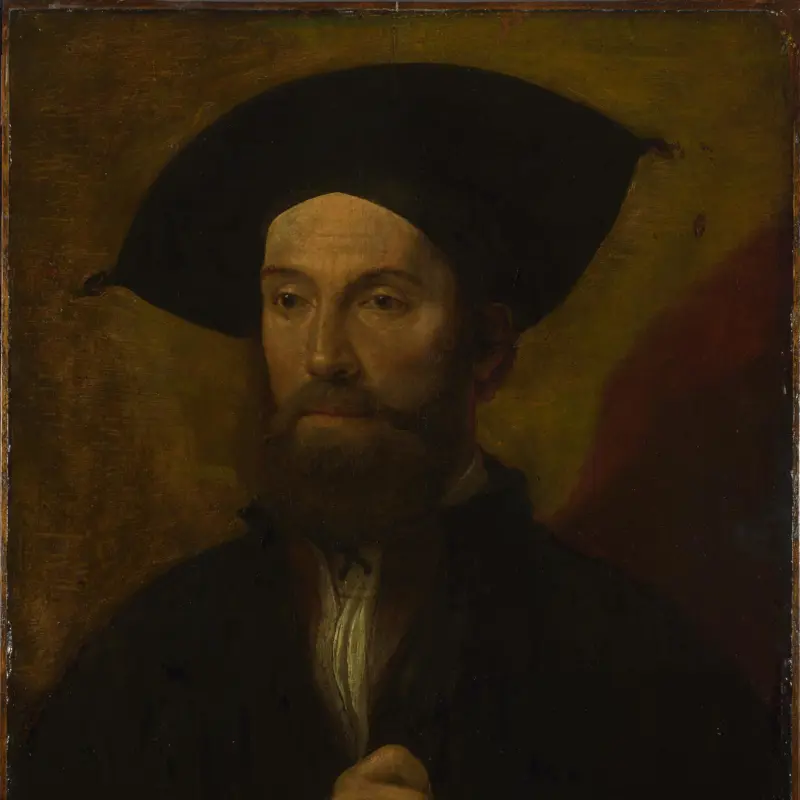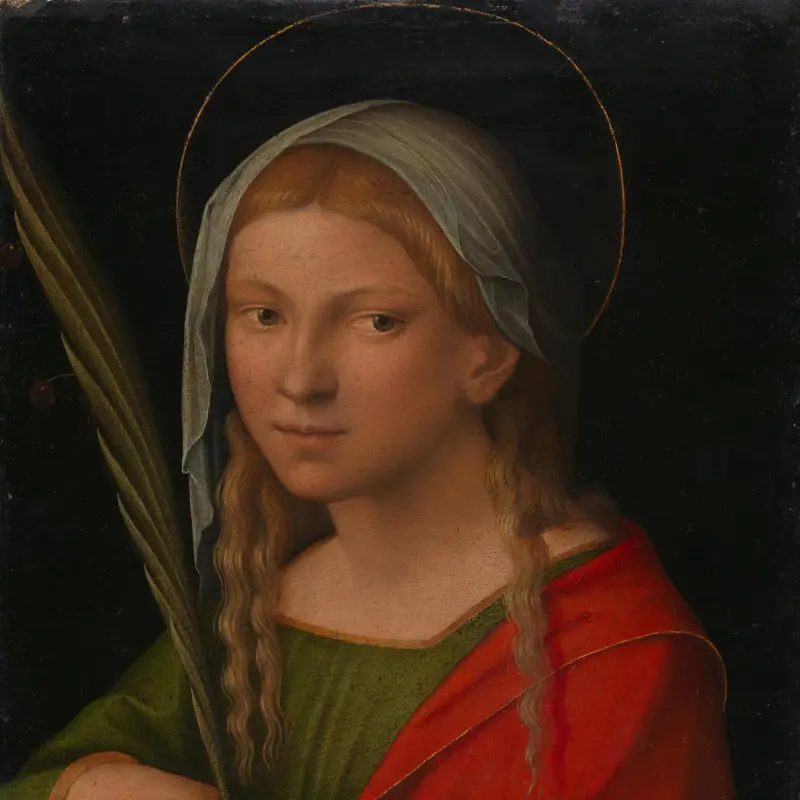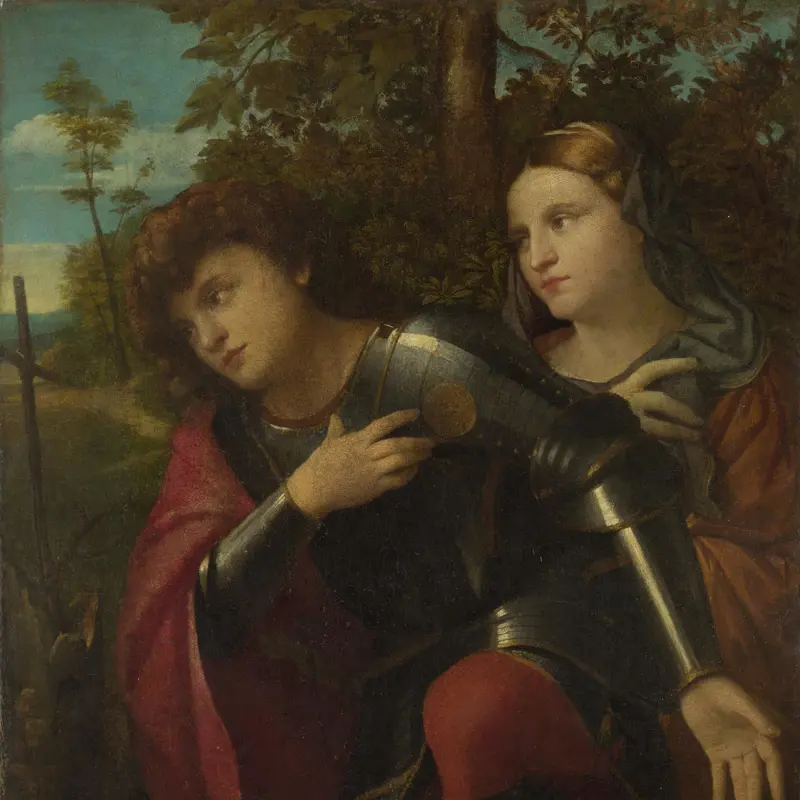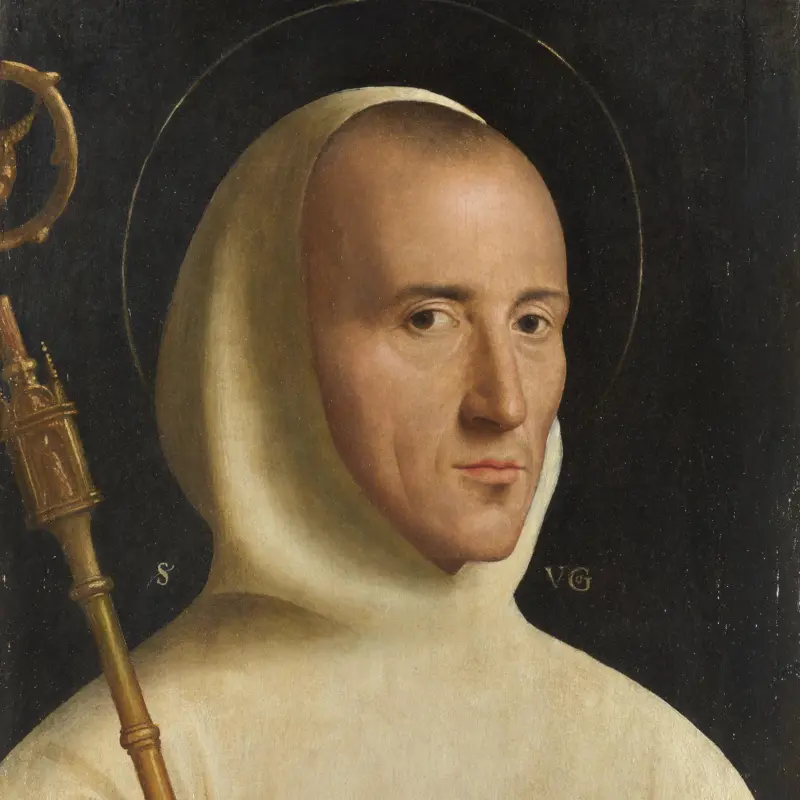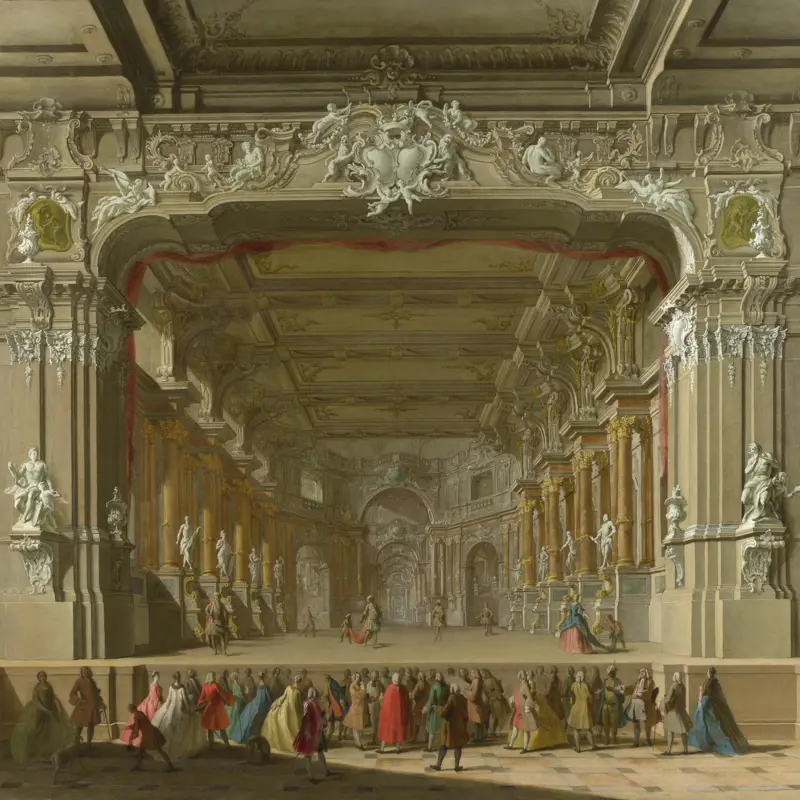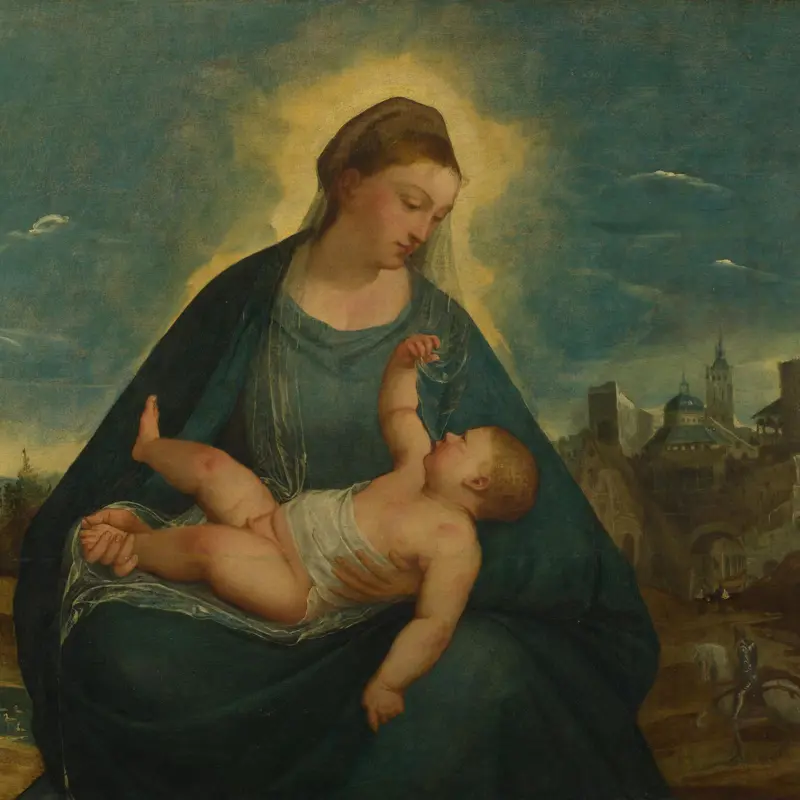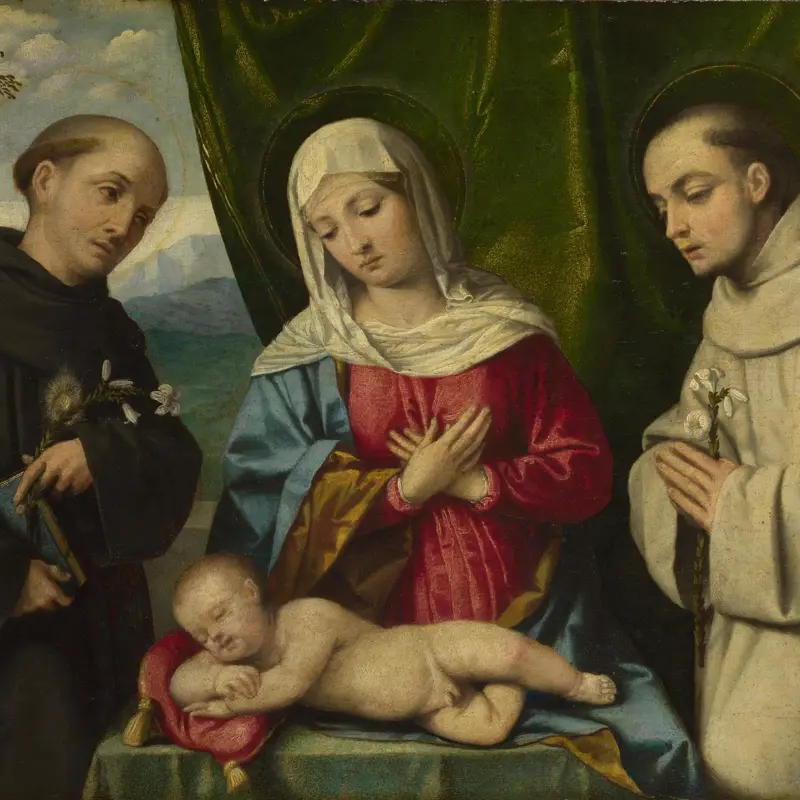Italian, North, 'Woman at a Window', probably 1510-30
About the work
Overview
This young lady appears to be drawing back a green curtain to look out of an open window. She does not look directly at us, but sidelong at something or someone else. She holds an object in her hand which she may be about to drop over the window ledge as a token to her admirer below.
The provocative character of the lady’s dress, revealing her nipples, and her sly sideways glance from behind the curtain suggest that she may be a courtesan attracting men at her window. However, this may not necessarily be the portrait of a specific individual. Such images of beautiful ideal women or courtesans were popular in Venice in the early years of the sixteenth century and many were produced.
In the past this painting has been attributed to Pordenone. The costume resembles that in other Italian works of about 1515 and the painting probably dates from the second or third decade of the sixteenth century.
Key facts
Details
- Full title
- Woman at a Window
- Artist
- Italian, North
- Date made
- probably 1510-30
- Medium and support
- oil on wood
- Dimensions
- 51.4 × 41.6 cm
- Acquisition credit
- Bought, 1855
- Inventory number
- NG2146
- Location
- Not on display
- Collection
- Main Collection
Provenance
Additional information
Text extracted from the ‘Provenance’ section of the catalogue entry in Cecil Gould, ‘National Gallery Catalogues: The Sixteenth Century Italian Schools’, London 1987; for further information, see the full catalogue entry.
Exhibition history
-
2010Close Examination: Fakes, Mistakes and DiscoveriesThe National Gallery (London)30 June 2010 - 12 September 2010
-
2014Making ColourThe National Gallery (London)18 June 2014 - 7 September 2014
Bibliography
-
1959Gould, Cecil, National Gallery Catalogues: The Sixteenth Century Venetian School, London 1959
-
1987Gould, Cecil, National Gallery Catalogues: The Sixteenth Century Italian Schools, London 1987
-
2001
C. Baker and T. Henry, The National Gallery: Complete Illustrated Catalogue, London 2001
About this record
If you know more about this work or have spotted an error, please contact us. Please note that exhibition histories are listed from 2009 onwards. Bibliographies may not be complete; more comprehensive information is available in the National Gallery Library.


